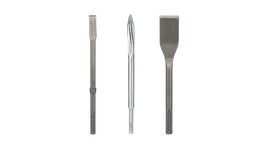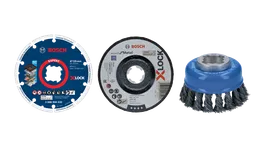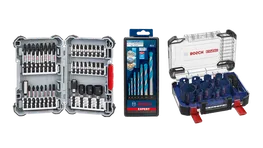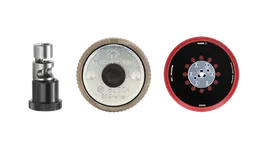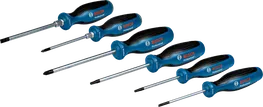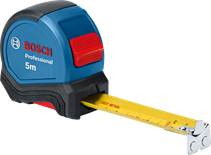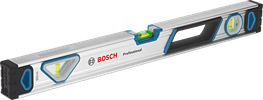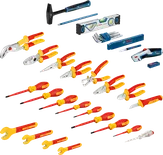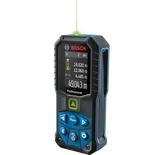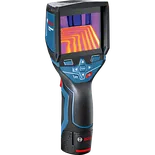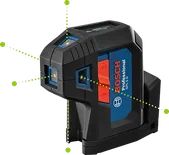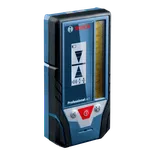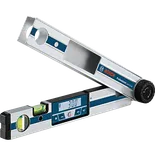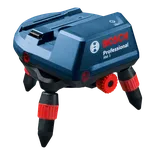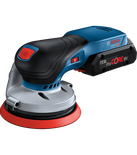The products of Robert Bosch Power Tools GmbH are developed and produced according to high quality standards and in accordance with the generally accepted rules of technology. The technical data and functions of our products are regularly checked during development and in series production by application of statistical methods. Through this, we ensure that the products meet our quality standards and the expectations of the users as far as possible.
It is normal, however, that the actual performance of a tool varies from device to device. The specific application of a tool and environmental conditions have a significant influence. The respective technical information, e.g. on packaging and in manuals, refers to average values and applies to the products and their accessories when new. Below you can find an exemplary overview of the most important influencing factors on the actual performance of a power tool with respect to its application and the environmental conditions.







